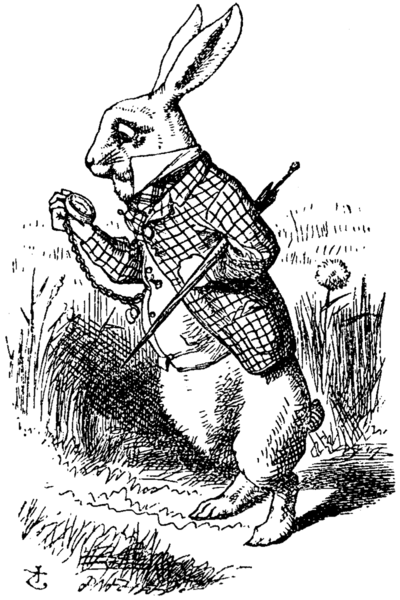There was once a pair of brothers, the Elder and the Younger. The Younger was always the favorite of their parents; he was always given preferential treatment compared to his older brother. This was much to the jealousy of the Elder, and one day, he sought to exact revenge for all the years of unfair punishment.
The family lived in a rather isolated house in the countryside with a huge wheat field as their backyard. They lived off the wildlife surrounding their home, using whatever resources they could gather. The Elder, who was excellent at hunting and trapping animals, went out into the field and caught a snake. He then returned to the home and let the snake loose when the parents weren't looking. His parents finally noticed the loose reptile and exclaimed, but before the Elder could do anything, the Younger ran over and grabbed the snake by the tail. The snake swung around, trying to bite the Younger, but he didn't flinch as he ran outside and threw it back into the field. As the snake slithered away, the Elder tried to convince his parents that his younger brother had brought the creature in, but it was to no avail as they showered the Younger with thanks.
This trend continued for some time, and the Elder grew angrier and angrier with every passing day. However, he decided he would not try and set the Younger up again; he would simply wait until his brother slipped up so that he can pounce on the opportunity. Days passed until one night, where the Younger became ill. Because of this sickness, the Younger missed his morning chores. The Elder seized the opportunity and brought the issue up to his parents. In this family, being sick was not typically an excuse, at least not when it came to the Elder; every member of the family has to put in their equal share of the work. Yet, the parents largely ignored his complaints, instead making sure that the Younger was recovering well and had everything he needed. When the Elder insisted that his brother should be punished for his mistake, his parents scolded him for being so heartless. The Elder was sent outside to take care of the Younger's tasks as punishment, and he continued to live in the shadow of his brother.
 |
| Speaking of favorites, which brother is my mom's favorite? You decide... |
Story source:
Tales of the North American Indians by Stith Thompson (1929).
Author's Note: I meant to write this story during Week 11, but I figured I'd post it this week simply because I enjoyed writing it so much. This story was inspired originally by "
The Jealous Uncle", a tale about an uncle who killed his first two nephews within a few years of their birth before being stumped on several occasions by the third one, who had been disguised by his family as a girl for the years prior. I chose to change the perspective a little to tell the story of two siblings. I think that some people could relate to either being the favorite child or having a sibling who is, and it allowed me to get more creative with my storytelling instead of slightly altering the original story. I chose to avoid dialogue in this story because I wanted to tell the story in a sort of ironic fashion. While the writing provides a rather basic portrayal of the facts of this story, the tale itself features decisions made by the characters based almost solely off of emotion.






